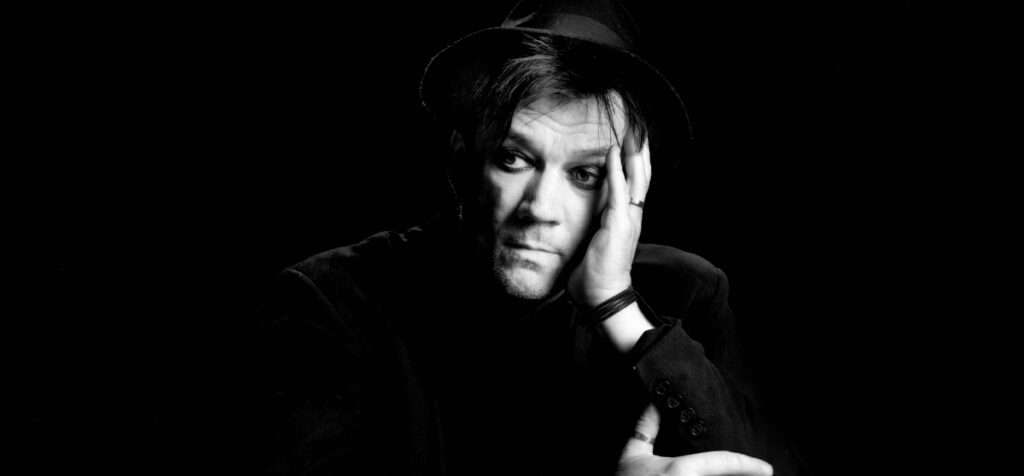When calculating the retail price of a physical book, there are several important factors that a publisher should consider. Here are the top 10 factors and their associated costs:
Printing Costs
The cost of printing the book is an essential part of the calculation. This includes the cost of paper, printing, binding and any optional extras.
Typesetting Costs
The cost of the layout and typographical design of the book is known as the typesetting cost. This includes typesetting the text, formatting the pages, inserting graphics and illustrations, and creating an attractive book layout.
Editing and Proofreading Costs
The cost of editing services such as proofreading and copyediting should also be considered. These services are designed to ensure the quality of the book and include checking spelling, grammar, style and consistency of content.
Cover Design
The cost of book cover design is an important part of the calculation. This includes the design of the cover, the selection of graphics or images, the typography and the implementation of the visual design.
Royalties
If copyrighted material is used in the book, royalties may apply. For example, the use of quotations, lyrics or images may require permission.
Marketing and promotion costs
The cost of marketing activities to promote and market the book should also be considered. These may include producing promotional material, attending book fairs, placing advertisements or organising book launches.
Sales and Distribution Costs
The costs of selling and distributing the book, including storage, shipping and order processing, should be included. This includes distribution to bookstores as well as online distribution.
Bookstore Discount
For distribution through bookstores, a bookstore discount must be granted. This discount is an incentive for the bookseller to stock the book. The amount of the discount varies but is often between 40% and 55% of the retail price.
Author’s Fee
If the book was written by an author, the cost of the author’s fee must be considered. This is the amount the author receives for the use of their intellectual property.
Overheads
Finally, general publishing costs such as rent, salaries, office equipment and administrative costs should also be included in the calculation. These overheads are allocated to each book to determine the actual selling price.
It is important to note that the exact costs and expenses can vary depending on the book project and individual agreements. Careful calculation of these factors will help to ensure that the selling price of a physical book is realistic, covering both costs and a reasonable profit.
Would you also like to publish your book? Under the following link you will find the advantages and disadvantages of publishing vs. self-publishing: Publishing vs. Self-Publishing – Advantages vs. Disadvantages






